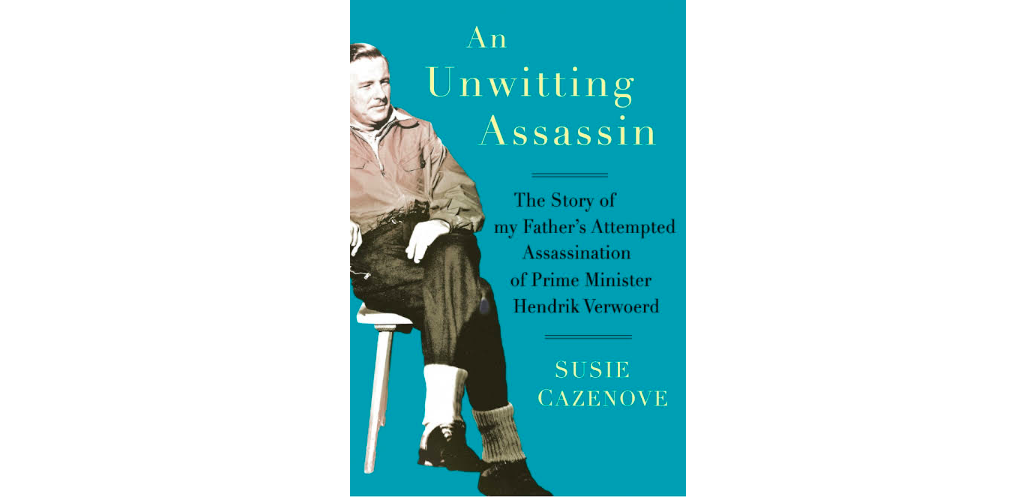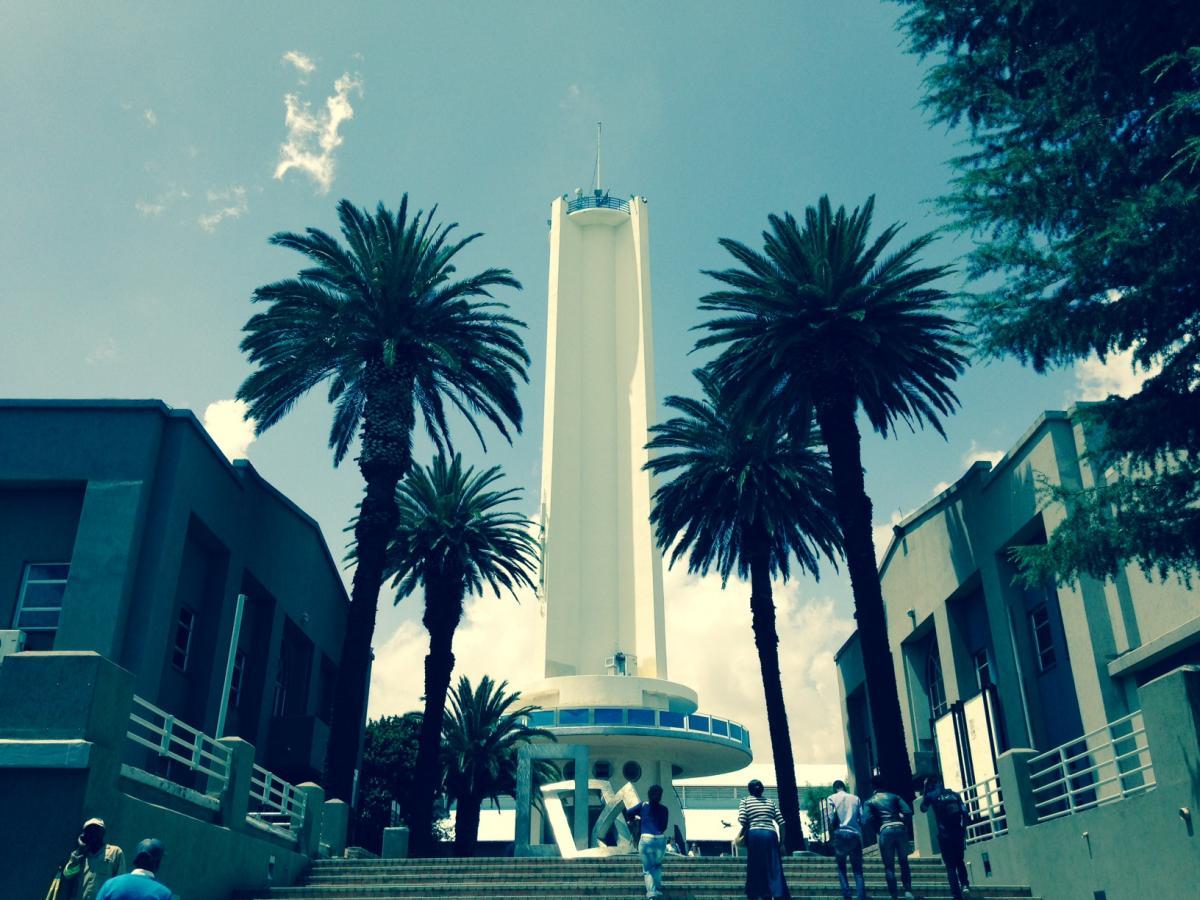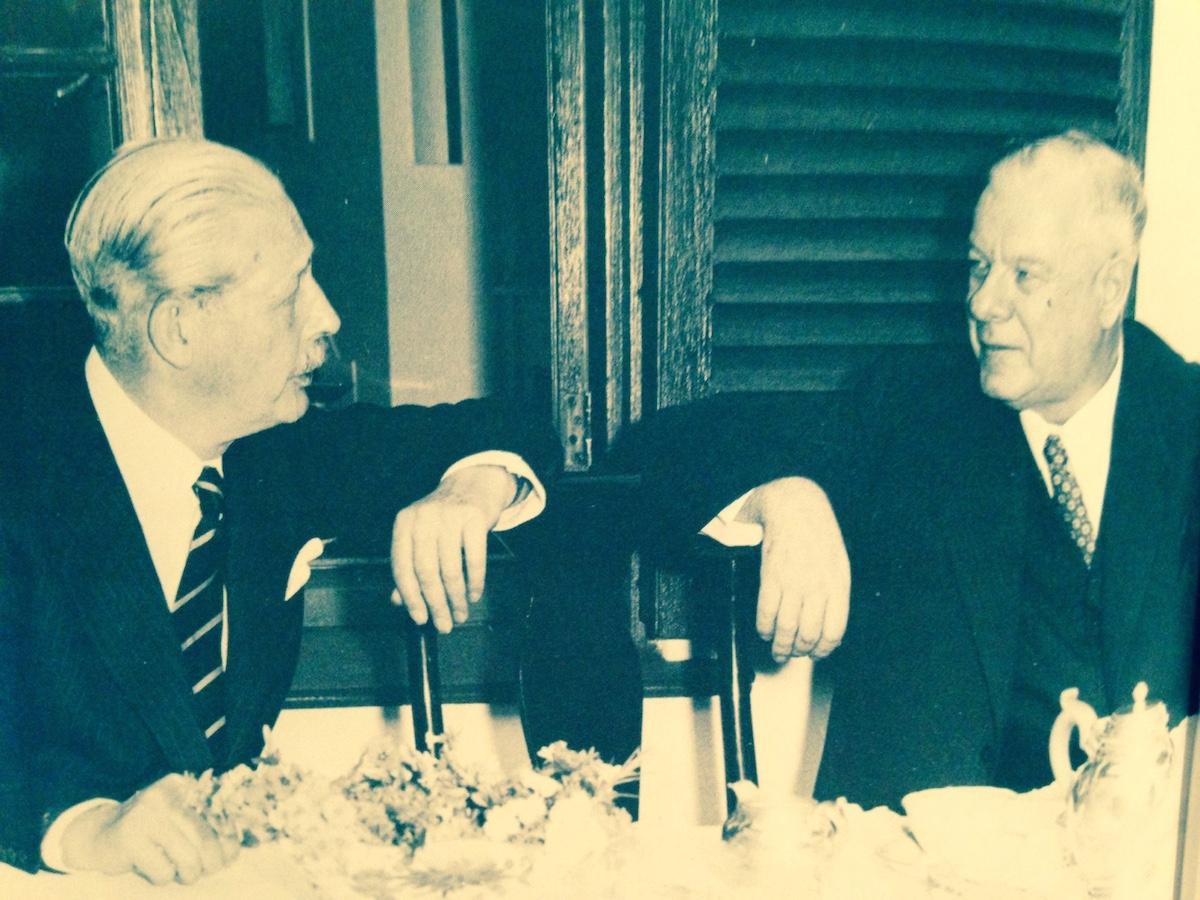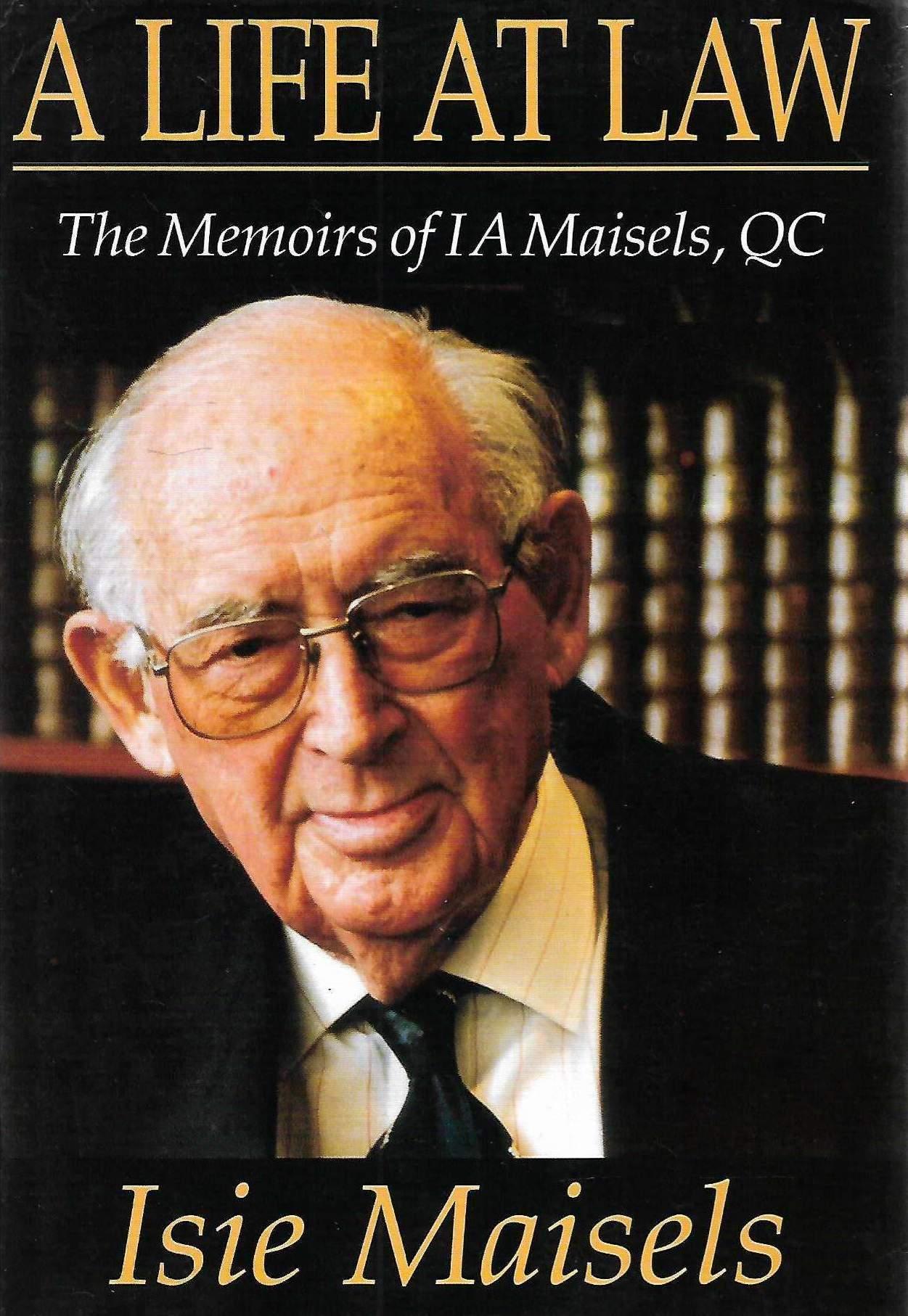
In 1960 Hendrik Verwoerd, the Prime Minister of South Africa came to Johannesburg to open the Rand Easter Show at Milner Park. It was a traditional annual event of the Witwatersrand Agricultural Society and a highlight of the Johannesburg calendar. In fact the Rand Easter Show was in everyone’s calendar - sportsmen, the horsey set, farmers who bred prize Ayrshire cattle, the radio world who ran their stations from the Tower of Light, housewives shopping for the newest home appliances, children who delighted in the funfair. Everyone looked forward to a day of fun, meeting friends, watching the judging of cattle or prize pigs, or gathering samples and leaflets from the exhibitors. Would it rain in April was always the topic question as rain would spoil the fun of the fair and attendance figures would plummet. It was a segregated affair in apartheid South Africa. White folks attended the Rand Show on all days of the week but black people were only admitted on a Thursday. The 1960 Rand Easter Show was a special one because it was a celebration of 50 years of Union, so its official name was the Union Exposition; it was the year in which Ernest Ullman was commissioned to sculpt his ideal family group (cast in concrete) for display at that exhibition.
A recent view of the Tower of Light (The Heritage Portal)
Except the 9th April was not an ordinary day or a happy opening event. it was the day Hendrik Verwoerd was shot twice at point blank range with a .22 pistol by David Beresford Pratt, a member of the Witwatersrand Agricultural Society, successful farmer and wealthy businessman well-known in Johannesburg society. Those alive at the time remember where they were when they heard about this shooting of Verwoerd. I was 15 years old and our family was buying tickets for an early showing at the Royal Cinema on Louis Botha Avenue, Orange Grove. I don’t remember the name of the movie but I remember with absolute clarity my shock and anxiety on hearing the news which spread like wild fire by word of mouth. I next experienced that same sudden shock moment of frozen time when I heard of the assassination of John F Kennedy in November 1963. Funny how the human brain works to remember those moments of impact.
Of course on that day we did not know whether Verwoerd had been killed or was injured, if so how badly; if he had survived, would he live. Hence the idea of an attempted assassination was only known and used as the phrase to describe the attack on Verwoerd much later. We did not know who David Pratt was; he was not a political figure but his name then went down in infamy and South African history as the man who attempted to assassinate Verwoerd but Verwoerd lived, made a miraculous recovery and went on to run a referendum in October 1960 to achieve support (by a narrow majority of white voters) to declare a Republic (achieved in 1961) along with the departure of South Africa from the British face saver of an institution, the Commonwealth. 1960 was a dreadful year for South Africa as on 21st March, the massacre of Sharpeville took place when 69 people were killed by the South African police at a peaceful protest against passes for Africans.
Harold MacMillan and Hendrik Verwoerd chatting in 1960 (A Life in Pictures)
Verwoerd continued as Prime Minister until he was assassinated in Parliament, Cape Town, in the House of Assembly on the 6 September 1966, by Dimitri Tsafendas, parliamentary messenger. It was death by stabbing; that event was also dramatic but somehow less unexpected than the 1960 attack by Pratt. The irony was that killing “the epitome of apartheid” did not eliminate an unjust and unequal political system that blighted the lives of millions, it simply reinforced attitudes and gave us another 30 odd years of National Party Rule until the 1990s when it became apparent that it was a political system that was unsustainable in a changing and very hostile world.
That is all background to understand this book. It is the story of Suzie Cazenove, the daughter of David Pratt by his first marriage. After a lifetime of living with her and his story, as a mature women she was inspired by David Rattray tour leader, hotelier extraordinaire and historian of KwaZulu-Natal. This is a story of love, homage to two fathers, a family memoir of a remarkable lady. Suzie Cazenove comes across as a woman of courage, curiosity and perseverance. Her story is one of personal survival and making something of her life against considerable odds. It is a story too of Johannesburg and what the city was like for a child and then a young woman who grew up here in the forties, fifties and sixties and who lived in some interesting houses and places. I think she captures the feel of the suburbs of the city and the surrounding countryside of the Magaliesberg. This is a memoir that weaves into an armour her own story and that of her father. She is trying to understand David Pratt and to understand herself. There’s some nostalgia for a lost childhood (the photographs are poignant) but also a brutal honesty about the dysfunctionality of her family and how she found a step father, Gordon Cumming (her mother’s second husband) who gave Suzie the stability and love from a father that she craved.
Book Cover
The central question that catapults this book into a title that ought to place it into the wider canvas of the political history of South Africa is why did Pratt decide to shoot Verwoerd on that fateful day in 1960. David Pratt was indicted on the charge of attempting to murder Dr Verwoerd. Isie Maisels, the distinguished advocate and ultimately judge, defended Pratt in court. The defence was that Pratt was mentally disordered and of unsound mind. Pratt was insane and the outcome was that he was detained in a mental hospital in Bloemfontein, called ‘the Fort”. There is a fascinating account of the Pratt trial in Maisels’ memoirs: A Life at Law: The Memoirs of I A Maisels, Q C (published in 1999). Strangely I connected the two books by chance, as I have just last month read the Maisels’ memoirs; and so my brain was attuned to finding out more about David Pratt.
Book Cover
David Pratt was an epileptic but in the opinion of his daughter he was completely sane and her view is that Pratt too saw himself as sane and that the sentence of open ended detention offered a far worse future than having to answer the charge for attempted murder as a responsible person. Pratt committed suicide in 1961 and never lived to see his three surviving children become adults and lead their own lives with their own families. Suzie quotes copiously from her father’s letters and what life in detention for the mentally deranged was like in Bloemfontein - these letters read like the banally normal. Pratt was running his financial affairs through a curator bonis, learning Spanish and taking an interest in world affairs and in his daughter Suzie’s planned marriage. The story of David Pratt ends with Suzie’s account of the influence a psychiatrist friend of Pratt a certain Werner Leigh and that it was this strange, Svengali like man who either hypnotized Pratt or could have offered him mind bending drugs to commit the dastardly deed. She also records that Verwoerd had given the instructions that Pratt should be placed in a mental asylum and disappear.
It is this final chapter that is most speculative and enters the realm of possibility but are any of these possible explanations probable? The unanswered question that left me thinking, but unqualified to answer - is there a link between epilepsy and lunacy; because if we still think that there is, medical science may have evolved to show that epilepsy is a treatable medical condition, but social attitudes and stigma remains in the dark ages.
Overall I enjoyed this book and it will be dropped into my Johannesburg collection simply because of the photographs of Johannesburg in the early years and the suburban family houses. My final comment is that the title of the book – An unwitting assassin – is an awkward and not very accurate label for this compelling story of Suzie Cazenove and her father David Pratt.
Kathy Munro is an Honorary Associate Professor in the School of Architecture and Planning at the University of the Witwatersrand and chair of the Johannesburg Heritage Foundation. She enjoyed a long career as an academic and in management at Wits University. She trained as an economic historian. She is an enthusiastic book person and has built her own somewhat eclectic book collection over 40 years. Her interests cover Africana, Johannesburg history, history, art history, travel, business and banking histories. She researches and writes on historical architecture and heritage matters. She is a member of the Board of the Johannesburg Heritage Foundation and is a docent at the Wits Arts Museum. She is currently working on a couple of projects on Johannesburg architects and is researching South African architects, war cemeteries and memorials. Kathy is a member of the online book community the Library thing and recommends this cataloging website and worldwide network as a book lover's haven.




